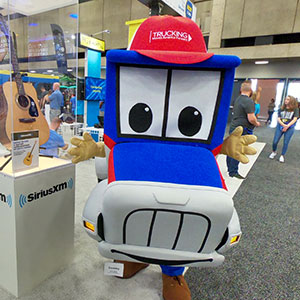CCJ: Study: safety, health top concerns in transportation
By Aaron Huff
The transportation industry is a very broad, diverse group of companies and individuals that collectively keep America moving. With all of the time and effort it takes to keep those wheels turning on the highway, the amount of traffic that goes online would seem to pale in comparison.
The opposite appears to be true. The online community for news, blogs and social media in trucking has exploded. To help make sense of where all of the online traffic is headed, GE Capital’s Transportation Finance recently commissioned a year-long study.
The company hired TrueVoice based in Westport, CT, to conduct a study of social media use in trucking. The company used software to gather, filter and analyze about 250 million online outlets that touched on commercial trucking. Some interesting trends began to emerge.
(Click to view an infographic from GE Capital that highlights its study on transportation in social media)
The info graphic to the right is an overview of the content from 72,000 posts related to areas of interest in the trucking industry. It provides a summary of what types of topics people are interested in and the channels they go to for news and daily topics of conversation.
As for why a finance company like GE Capital would want to analyze the trends in social media, Dan Clark, the president and general manager of its Transportation Finance business, said the goal is to be more than just a banker.
“We know that the industry needs money, but it also needs insight, knowledge and expertise — and that’s where we come in,” he says. “We want to understand the challenges and issues that are most important to the trucking industry so we can translate that into business objectives that will benefit customers and the others we do business with.”
One of the most interesting findings from the research is the concern over diet, exercise and health. This is encouraging news for an industry where the average lifespan of a long haul trucker is just 61 years.
“(Drivers) have voiced opinions that increased regulation is forcing them to spend more time on the road, which they believe is increasing their sedentary lifestyles,” Clark said. “Unlike online chatter about equipment management and regulations, we saw a lot of emotion around conversations about health — and that’s not surprising because it’s inherently personal.”
The study also showed that recruitment and employment accounts for 24 percent of traffic. Driver pay, as expected, was a hot topic but other items also simmered to the top.
“We expected to find chatter about salary and benefits and, to a lesser extent, equipment safety. We were somewhat surprised, though, to find experienced drivers expressing frustration about the training level of new recruits,” Clark said.


